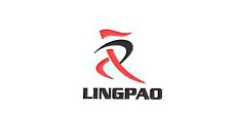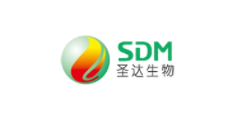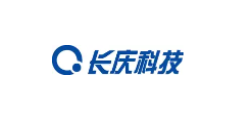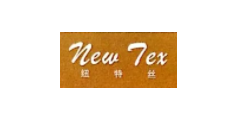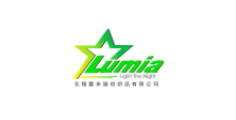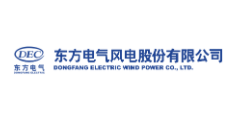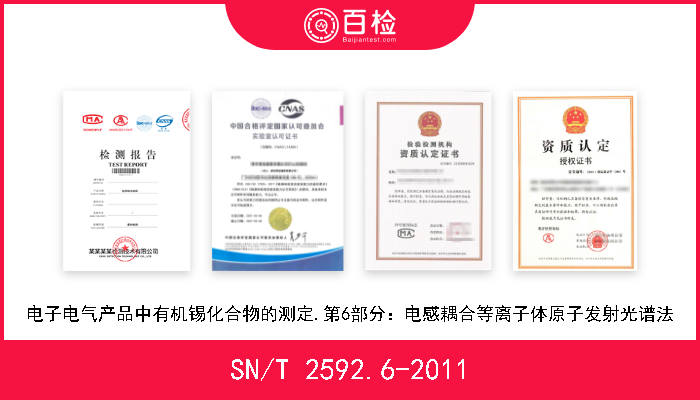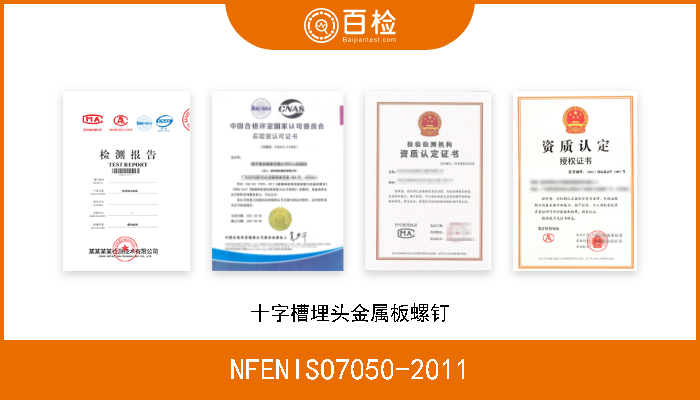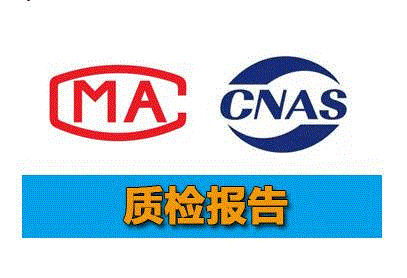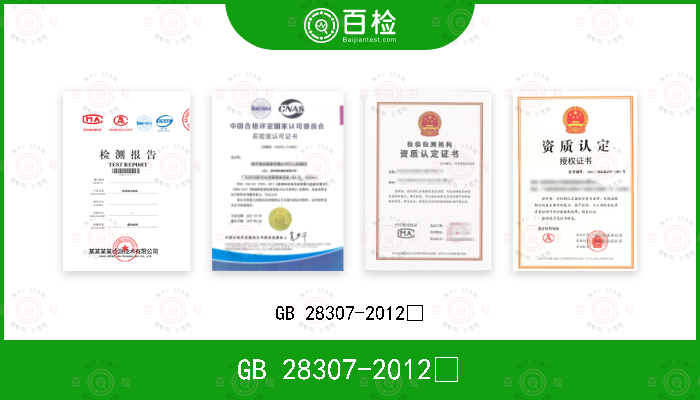MB-380-1990
百检网 2021-08-05
标准号:MB-380-1990
英文标准名称:Guidelines for Molded Interconnection Devices
标准类型:/
发布日期:1990/10/1 12:00:00
实施日期:1990/1/1 12:00:00
中国标准分类号:/
国际标准分类号:/
引用标准:37
适用范围:This document was created to increase general understanding of molded interconnect technology. Information on candidate materials@ molding processes@ fabrication processes and test methods is included for suppliers@ designers@ and end-users. This document is not intended to be a complete Designer's Guide to Molded Interconnects. If you are considering using molded interconnects you should discuss your needs with the appropriate suppliers and designers. Purpose Molded interconnects can be divided into three major subgroups: Subgroup 1-Interconnects having two dimensional features with conductive patterns in two dimensions. Subgroup 2-Interconnects having three dimensional features with conductive patterns in two dimensions. Subgroup 3-Interconnects having three dimensional features with conductive patterns in three dimensions. Each subgroup requires different levels of design and fabrication expertise. Subgroup 1 can be compared with existing planar circuit board applications@ although the design and fabrication techniques may be completely different@ some properties may improve@ and the cost may be lower. Subgroup 2 begins to incorporate the real benefits of molding through 3-dimensional features as the interconnection part encompasses both mechanical and electrical functions. Subgroup 3 takes full advantage of the benefits available through molding and includes applications not possible with conventional planar printed circuit boards. Molded interconnects evolved to meet new demands in the electronics industry. The following are some of the potential advantages of this new technology: Lower system cost through part integration and elimination of manufacturing steps. Low dielectric constants and low dielectric loss properties of thermoplastic materials compared to conventional base materials. High resistivity to electrical leakage and good electrical properties. Low coefficients of thermal expansion (CTE) in the Z-axis and improved thermal performance. Some base materials are inherently flame resistant and meet UL-94V0 requirements. Suitable for hostile environments. Suitable for elevated temperature use. Improved mechanical tolerances. Improved consistencylreliability through molding. Reduced Fiberglass exposure reduces assembly problems and related health concerns Ability to mold-in functional 3-dimensional features. Ability to mold-in recessed pads for reliable placement of surand related health concerns. face mounted components. Of course@ there can be potential disadvantages to molded interconnects@ such as the following: Up-front tooling costs and long lead times for molds. Costs to change electrical andlor mechanical design. Limited source of supply of fabricated parts due to newness and diversity of technology. Significant volumes may be required to make it cost competitive. Fine line widths and spacings may not be possible or economically feasible for some fabrication processes. Modified process controls may be required during the soldering operation due to thermal limitations of some base materials. Limited multilayer capability Adhesion values andlor test methods on molded interconnects may not be comparable to conventional printed circuit boards. Limitations of conductive pattern andlor component placement on or near 3-dimensional features may exist. Overall product size is limited. Close working relationships between customers and suppliers are necessary to take full advantage of the benefits offered by this new technology and to'appreciate its limitations. In addition@ early involvement of both electrical and mechanical designers is advantageous in order to realize the full potential of this technology. Various methods of molded interconnect design and fabrication currently available are outlined in this document. Since each method varies in its capabilities and limitations@ a close review of each will help you determine if the technology of molded interconnects is a viable and valuable alternative for your needs. Whichever method you choose for your electronic packaging needs@ molded interconnect technology may allow a product design never feasible before.
英文标准名称:Guidelines for Molded Interconnection Devices
标准类型:/
发布日期:1990/10/1 12:00:00
实施日期:1990/1/1 12:00:00
中国标准分类号:/
国际标准分类号:/
引用标准:37
适用范围:This document was created to increase general understanding of molded interconnect technology. Information on candidate materials@ molding processes@ fabrication processes and test methods is included for suppliers@ designers@ and end-users. This document is not intended to be a complete Designer's Guide to Molded Interconnects. If you are considering using molded interconnects you should discuss your needs with the appropriate suppliers and designers. Purpose Molded interconnects can be divided into three major subgroups: Subgroup 1-Interconnects having two dimensional features with conductive patterns in two dimensions. Subgroup 2-Interconnects having three dimensional features with conductive patterns in two dimensions. Subgroup 3-Interconnects having three dimensional features with conductive patterns in three dimensions. Each subgroup requires different levels of design and fabrication expertise. Subgroup 1 can be compared with existing planar circuit board applications@ although the design and fabrication techniques may be completely different@ some properties may improve@ and the cost may be lower. Subgroup 2 begins to incorporate the real benefits of molding through 3-dimensional features as the interconnection part encompasses both mechanical and electrical functions. Subgroup 3 takes full advantage of the benefits available through molding and includes applications not possible with conventional planar printed circuit boards. Molded interconnects evolved to meet new demands in the electronics industry. The following are some of the potential advantages of this new technology: Lower system cost through part integration and elimination of manufacturing steps. Low dielectric constants and low dielectric loss properties of thermoplastic materials compared to conventional base materials. High resistivity to electrical leakage and good electrical properties. Low coefficients of thermal expansion (CTE) in the Z-axis and improved thermal performance. Some base materials are inherently flame resistant and meet UL-94V0 requirements. Suitable for hostile environments. Suitable for elevated temperature use. Improved mechanical tolerances. Improved consistencylreliability through molding. Reduced Fiberglass exposure reduces assembly problems and related health concerns Ability to mold-in functional 3-dimensional features. Ability to mold-in recessed pads for reliable placement of surand related health concerns. face mounted components. Of course@ there can be potential disadvantages to molded interconnects@ such as the following: Up-front tooling costs and long lead times for molds. Costs to change electrical andlor mechanical design. Limited source of supply of fabricated parts due to newness and diversity of technology. Significant volumes may be required to make it cost competitive. Fine line widths and spacings may not be possible or economically feasible for some fabrication processes. Modified process controls may be required during the soldering operation due to thermal limitations of some base materials. Limited multilayer capability Adhesion values andlor test methods on molded interconnects may not be comparable to conventional printed circuit boards. Limitations of conductive pattern andlor component placement on or near 3-dimensional features may exist. Overall product size is limited. Close working relationships between customers and suppliers are necessary to take full advantage of the benefits offered by this new technology and to'appreciate its limitations. In addition@ early involvement of both electrical and mechanical designers is advantageous in order to realize the full potential of this technology. Various methods of molded interconnect design and fabrication currently available are outlined in this document. Since each method varies in its capabilities and limitations@ a close review of each will help you determine if the technology of molded interconnects is a viable and valuable alternative for your needs. Whichever method you choose for your electronic packaging needs@ molded interconnect technology may allow a product design never feasible before.
百检能给您带来哪些改变?
1、检测行业全覆盖,满足不同的检测;
2、实验室全覆盖,就近分配本地化检测;
3、工程师一对一服务,让检测更精准;
4、免费初检,初检不收取检测费用;
5、自助下单 快递免费上门取样;
6、周期短,费用低,服务周到;
7、拥有CMA、CNAS、CAL等权威资质;
8、检测报告权威有效、中国通用;
客户案例展示
版权与免责声明
①本网注名来源于“互联网”的所有作品,版权归原作者或者来源机构所有,如果有涉及作品内容、版权等问题,请在作品发表之日起一个月内与本网联系,联系邮箱service@baijiantest.com,否则视为默认百检网有权进行转载。
②本网注名来源于“百检网”的所有作品,版权归百检网所有,未经本网授权不得转载、摘编或利用其它方式使用。想要转载本网作品,请联系:service@baijiantest.com。已获本网授权的作品,应在授权范围内使用,并注明"来源:百检网"。违者本网将追究相关法律责任。
③本网所载作品仅代表作者独立观点,不代表百检立场,用户需作出独立判断,如有异议或投诉,请联系service@baijiantest.com

